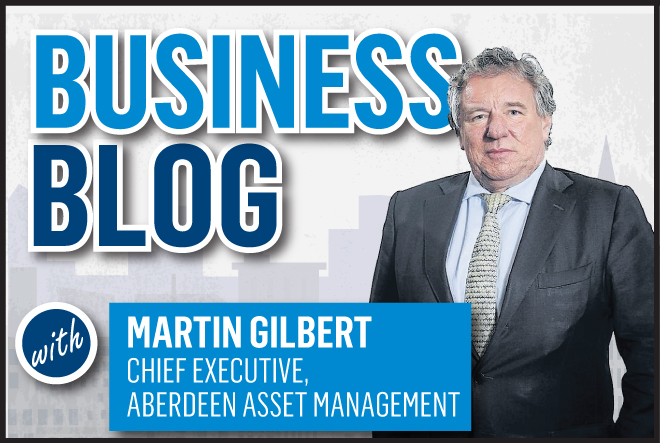Last month a cross-party group of MPs called on government and employers to do more to help women enter and re-enter the work place.
Business does a lot of work around graduate recruitment and increasingly apprenticeships. Indeed this paper’s Apprentice 100 campaign last year was a huge success in encouraging north east companies to recruit 100 new apprentices over a three-month period – they exceeded the target quite comfortably.
However, individuals who have taken a career break, for example to raise their children, look after elderly relatives or re-assess their priorities, regularly struggle to get back on the jobs ladder. Employers and recruitment agencies often overlook this group of people preferring to focus on those looking to change roles. Gaps in CVs are unfortunately viewed negatively.
A good example of this is Anna who works on our fixed income team in London. After a five year career break, she was accepted onto the Lloyds Bank Returner Programme in 2015. She had been trying to get back into work for a while but found it challenging. As she puts it: “I realised quickly that the chances of finding employment using the ‘conventional’ routes – speaking to recruiters and applying for jobs – were inversely proportional to the numbers of years I had spent out of the industry. I felt those in current roles looking to switch jobs were favoured over those looking to re-enter the jobs markets.”
‘Returnships’ – higher level internships for returning professionals – were first introduced in the US by the investment bank, Goldman Sachs, in 2008. Six years later Credit Suisse and Morgan Stanley, among others, decided to introduce returnships to the UK. Participants work on a three to six months’ contract, with support provided and the possibility of a permanent role at the end of the programme, enabling them to refresh their skills, rebuild their professional confidence and get back into a mid to senior-level position.
Anna joined Aberdeen last year and is part of the reason why we are re-focusing on this part of the jobs market. Rather than using the returnship construct, we are rolling out a returner programme which brings people directly into permanent roles. This is about ensuring we change our mindset to be more open specifically to high-calibre candidates without recent experience. It is aimed at both men and women who have been on a career break and are now looking to start working again in a full-time role. We have partnered with Women Returners, a consulting, network and coaching organisation which has led the development of returner programmes in the UK, to design a programme with a support structure which will help participants successfully transition back into work. This will include tailored coaching sessions and access to the technical skills training, mentoring and networking opportunities that we provide for our people.
We hope to recruit around ten people looking to re-enter the workplace after a career break by the end of March. All of the roles that we are currently recruiting for are open to candidates on the programme.
The reason why we’re doing this is because it is fair and makes business sense. Taking a break from a career should not mean the end of your career. Those seeking to return to work have experience and expertise that can be extremely beneficial to a firm and complementary to the skills and potential offered by school leavers and graduates.
There is much talk about the UK economy suffering from skill shortages, including in the financial services sector. Indeed, this could be one factor behind the country’s disappointing productivity performance in recent years. Productivity growth has slowed in almost all high-income countries since the financial crisis of 2007-08, but the UK’s slowdown has been more severe than elsewhere. Unless we address the issue, it will blight our future growth prospects. So we can ill-afford to overlook this significant pool of experienced talent. The government and employers need to assist and encourage those people who have taken career breaks back into the labour market.
PS Aberdeen Asset Management has just published a Diversity & Inclusion video. It can be challenging to articulate why we feel a focus on diversity and inclusion is important. To many it is a noble, or even moral initiative. I don’t disagree. But to me there is another compelling reason; being business savvy and benefiting from the widely-publicised financial benefits of a diverse workforce. I believe our new Diversity & Inclusion video conveys these universal benefits. I hope you agree. http://careers.aberdeen-asset.com/en/careers/diversity–equality
